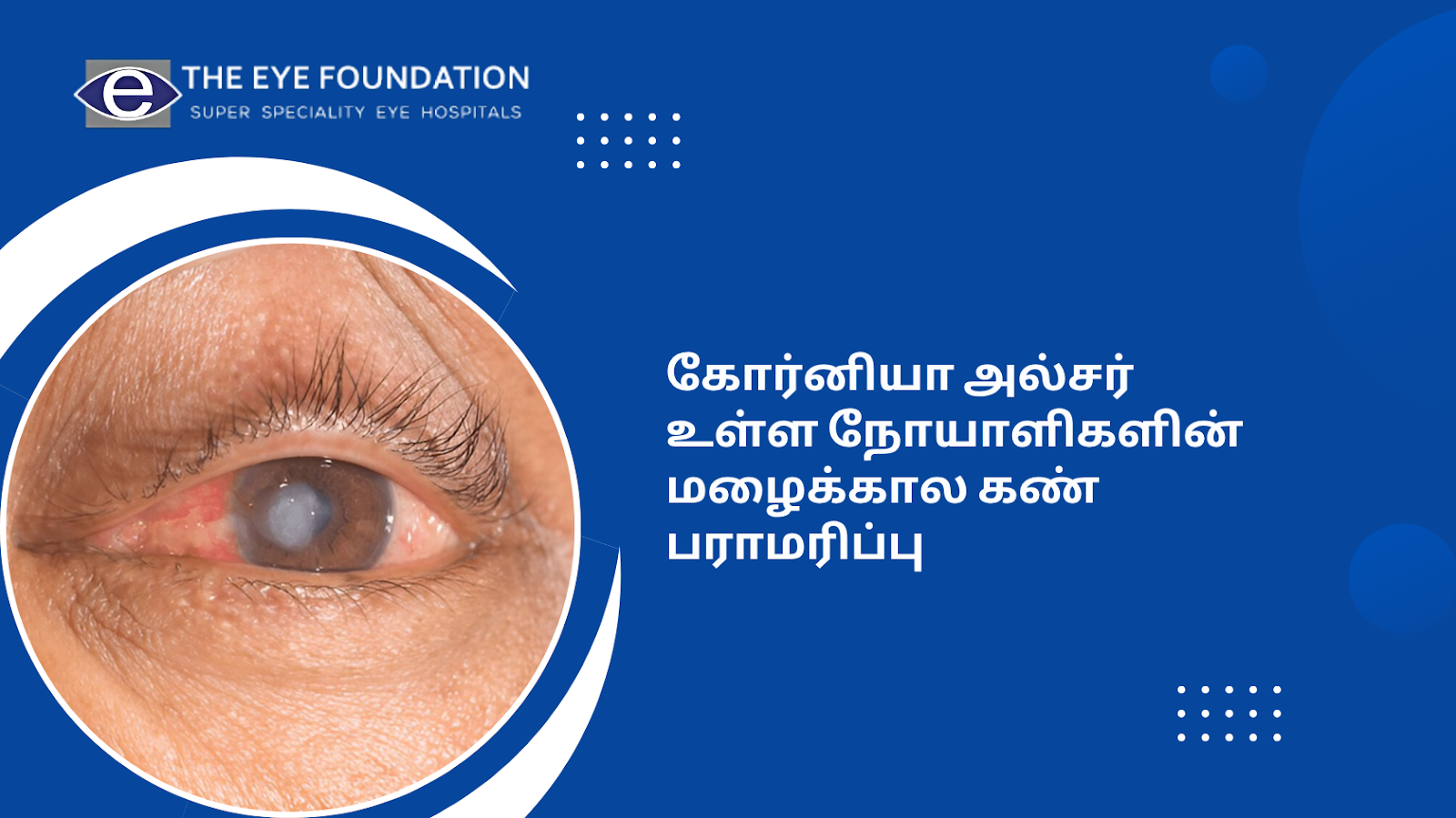Vision has a great impact on an individual life, the perfect vision ensures an independent life but difficulty in vision always makes you lean on someone. Your eye is made of certain different parts; each of them performs a unique function that makes you sense the external world. One among them is the retina, the light that enters the eye is transferred to the retina once it falls on it the clear image that you see will be formed but when there is an issue with this retinal part your vision is greatly influenced.
Retinal detachment is an extreme condition that occurs in older people highly but still proper diagnosis while showing its signs could make the treatment simple as well as effective. If you are unaware of those signs continue reading the below content.
Causes and risk factors
When you dig for the reason of retinal detachment they are a lot but age is going to be the significant risk factor. As people start aging it is common to influence eye health in that case the vitreous is a gel-like substance present in the eye to lubricate them but as aging it may shrink and pull the retina from its place as a result retina may tear. This leads to fluid settling down behind the retina causing them to detach. Other than age, eye trauma, previous eye surgeries, or family history may also bring up retinal detachment in an individual.
Early signs to watch for
To make it easier for you here are the early signs that indicate retinal detachment, even if you are experiencing the symptoms don’t ignore just consult an ophthalmologist. Floaters are speck or web-like shapes that appear in your vision. It may be normal to see the floaters but when their count increases rapidly it may be an indication of retinal detachment especially when you are experiencing a flash of light.
- Flashing of light usually appears like a camera flash or lightning streaks; this is due to the pushing of the retina by the vitreous gel. When you are experiencing it in one eye you should think about consulting an ophthalmologist regarding it.
- Another sign of retinal detachment is seeing the shadow or curtain closed-like effect over your vision. In the initial stage, the shadow begins from the peripheral vision and slowly moves toward the center vision. This may be an indication of progression in retinal detachment.
- Blurred vision could be a common sign of most eye conditions but when you are experiencing it with floaters or flashes of light it may be a sign of retinal detachment.
- Blurry vision generally starts from side vision to central vision as it spreads detachment may get worse.
- Reduced or loss of peripheral vision could be a warning sign you should not ignore. You will be having difficulty in seeing the object that is side to you. In the early stage, the symptoms may reduce but as detachment progresses the condition gets worse.
- While not all cases of retinal detachment could be prevented some preventive steps can be taken to reduce the chance of risk. Through proper eye examination, wearing protective eyewear, and managing health you can be precautious. Consult an ophthalmologist who is going to assist you in taking care of your eye health.
Book your appointment
Retinal detachment is a medical emergency condition that requires immediate attention from an ophthalmologist when you know the severity and progression of the condition you can act precisely. The right ophthalmologist from the best eye hospital like The Eye Foundation can also assist you in treating your eye condition before it becomes worse.
https://www.youtube.com/watch?v=PmBcpBhAI-Q&ab_channel=TheEyeFoundation






